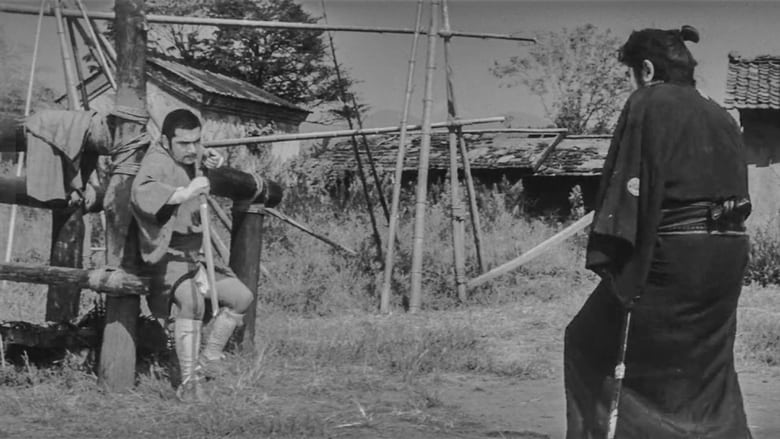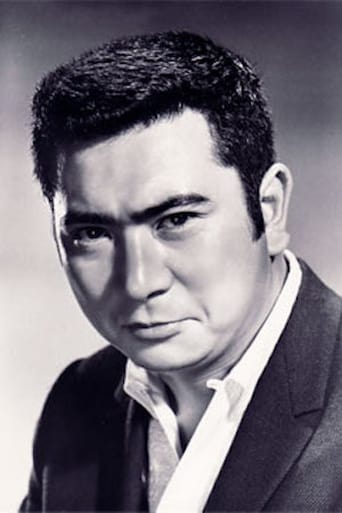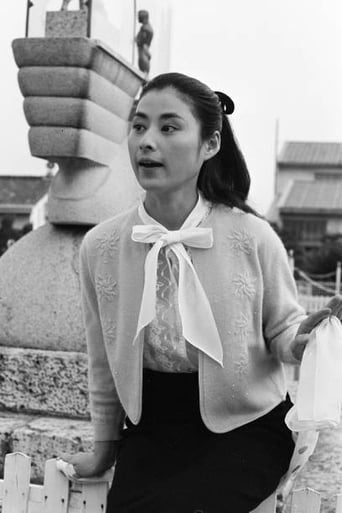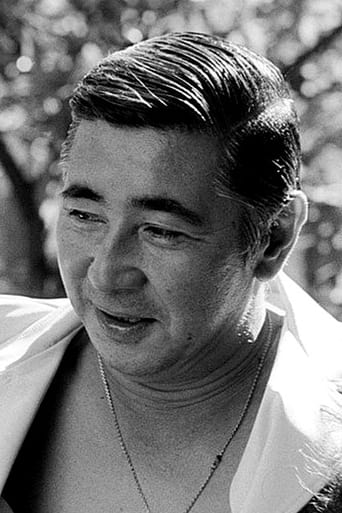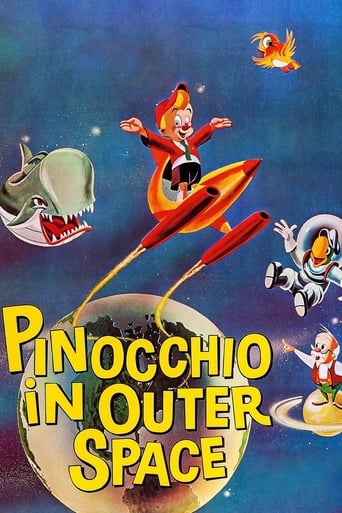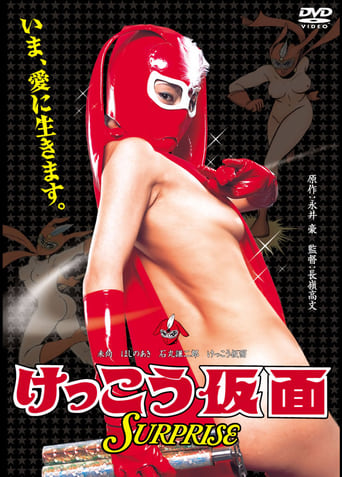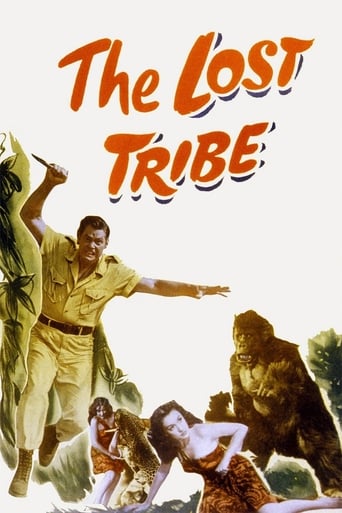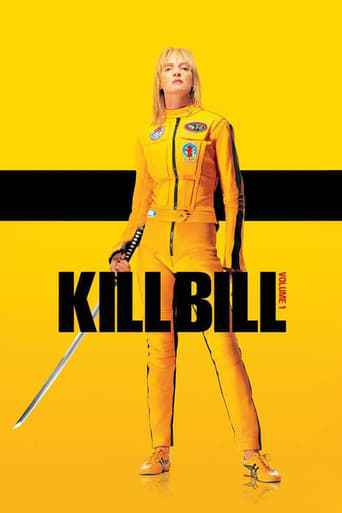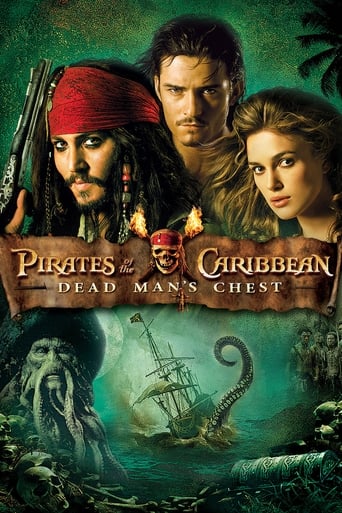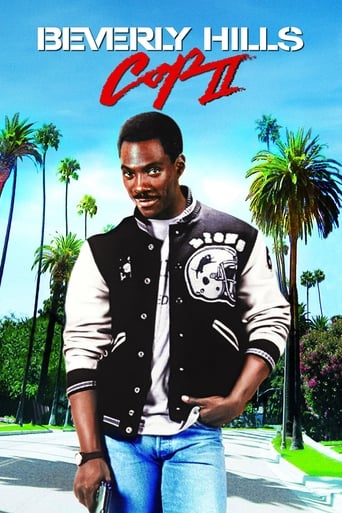The Tale of Zatoichi Continues (1962)
Returning to the village where a year before he had killed Hirate, a much-admired opponent, Zatoichi encounters another swordsman and former rival in love.
Watch Trailer
Free Trial Channels
Cast


Similar titles
Reviews
Masterful Movie
A Masterpiece!
A brilliant film that helped define a genre
The film's masterful storytelling did its job. The message was clear. No need to overdo.
Even though it was only released a few months after the first movie, The Tale of Zatoichi, the second and last movie of the Zatoichi franchise shot in black and white, takes places exactly one year after the events of the first film and is directly related to it. It's nearly impossible to watch this movie independently as it complements the brilliant first strike accurately. Despite an overall faster pace, it has a more melancholy atmosphere due to the main character's goal to pay respects to his fallen friend and opponent and a moody soundtrack.Zatoichi is on his way to pay respects at the grave of his friend Hirate whom he was forced to kill one year earlier. The movie has three different plots leading into one. First of all, Zatoichi is hired to massage a powerful lord but when he realizes that the nobleman is insane, he is tracked down by the lord's retainers and hired samurai who want to prevent Zatoichi from telling other people the truth about the lord's mental condition. Secondly, the movie follows a one-armed swordsman and his associate who claim to be samurai but are actually criminals on the run. Thirdly, the movie gives us some more details about the yakuza Zatoichi teamed up with in the first film who felt insulted by him and decide to track him down when they hear he is coming back to town. The movie has a twist that links the three story lines together and ends in a rather abrupt way but still manages to answer all essential questions in just seventy-two minutes.If compared to the first film, this one has a much faster pace and features more spectacular sword fights. Zatoichi regularly faces big crowds on beaches and in gardens and shows off his precise skills in breathtaking manner. From that point of view, the vivid sequel is more spectacular than the first film. The characters have as much depth as in the first film as Zatoichi still proves he has a strong moral compass while he meets ruthless criminals, charming prostitutes and people somewhere in between on his way to his friend's and opponent's grave. The element that is less convincing than in the first film is the more fast-paced and at times slightly confusing story that feels rushed in just seventy-two minutes and doesn't develop as much depth as it could have requested.If you are looking for breathtaking martial arts choreography, you might prefer this movie over the first film. If you are looking for a skilled plot with atmosphere and depth, the first movie is clearly superior. I personally prefer the more intellectual first film but must admit that the second one is definitely energizing and entertaining. It's positive that the sequel didn't just try to copy the style of the first film and tried out something different. Overall, it's a quite good movie that justifies the numerous sequels based upon the first Zatoichi film and that should please to any fan of Japanese culture and martial arts cinema.
Never mind the first film to take its time in introducing the character to us, of which I am glad that it didn't rush. Now that we and the others in the film "know" him ( although part of the fun is that nobody is really able to know him and his skill really) the film goes to hyperdrive mode straightaway. It's fascinating to see this in retrospect, knowing it is a long franchise, and trying to map out the development and where the film and its success came from. Inthink the first film is strong because it takes its time in creating its own universe, simply so that the sequels don't have to work so hard in setting things up. It's nice, and so is the self-reference it allows both in humour and mythology, but the films quickly morph into each other. It doesn't seem to be a problem here, since aren't all series all about working for or against the set rules and archetypes in the previous films?Anyway, I think the two films have very well set up Zatoichi's blindness as a metaphor, yet it's the first film that's more ambitiously conceived. In this respect these two first films are like "Yojimbo" and "Sanjuro", Kurosawa's duology. The last shot of this film, however, is one of the coolest film moments I know of. Seriously. That last five seconds.
Return of Masseur Ichi, The (1962) *** (out of 4) Blind masseur Zatoichi (Shintaro Katsu) discovers the weakness of a lord and must fight off various assassins who fear he will give away that secret. This was a pretty interesting samurai film from director Kazuo Mori, which relies a lot on fantasy but most of all is just all action and nice swordplay. Katsu makes for a wonderful lead and the supporting roles are filled nicely. The cinematography stretched out the full 2.35:1 looks incredibly sharp and the fights are well staged even though I have a somewhat hard time seeing a blind person doing all that.
Part 2 of the Zatoichi film is good cinema and a compelling story. New details of Zatoichi's life are revealed, but at times it feels as though Katsu Shintaro and director Mori Kazuo have trouble breaking out of the original story of film number 1 to move on to newer, fresher territory. Have patience, the Zatoichi series does break into new and fertile ground in later films.Some people love trivia. Zatoichi's brother in the film (Yoshiro of Nagisa) is in fact played by Katsu Shintaro's actual brother, Wakayama Tomisaburo (credited here with the name Jo Kenzaburo). Katsu and sometime Zatoichi director Misumi Kenji will work together to produce and direct the best of the Baby Cart series starring Wakayama Tomisaburo as Itto Ogami in the 1970s.Another common question is the early films is, where did Zatoichi get his sword? Zatoichi buries his sword in film number one with Hirate Miki. It's now one year later, so presumably Zatoichi has replaced the cane sword from film number 1 with a new sword that looks very similar. During the climatic scene in film number 2, Zatoichi drops his sword and hustles his now wounded brother into the safety of a creek, leaving his sword behind. He makes his last kill in film number 2 with another person's sword. Does Zatoichi somehow recover this sword to use it in film number 3? There are some inconsistencies in the early films. At the beginning of the project, nobody in their wildest dreams could have believed that the series would eventually grow to 26 films.Film number 2 is somewhat of a let-down compared to the great first film. It is a good film, with interesting information about Zatoichi's youth. Zatoichi also finds love (at least for one night).


